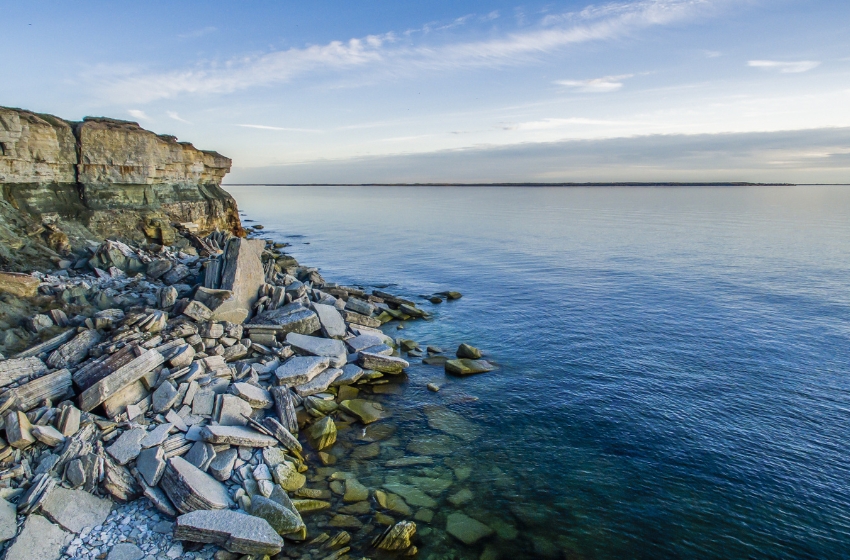The Estonian Police and Border Guard Board (PPA) is set to install a series of blade buoys along its water border with Russia, as reported by Veiko Kommusaar, the agency's deputy director general, to the Estonian National Broadcasting Corporation (ERR).
According to Kommusaar, this is one of two options the PPA plans to test as part of a pilot project.
“The system is designed so that if someone tries to cross this water infrastructure, there will be little left of their boat or vehicle,” he noted.
He added that it would also be impossible to climb over these buoys, as they would simply move a person back to where they came from.
A similar chain of buoys, several hundred meters long, was installed in the Rio Grande River along the Texas-Mexico border in the summer of 2023. The other possible solution involves a simplified fence floating on pontoons. Kommusaar reminded that out of the 338 km of the Estonian-Russian border, only 135 km is land. Meanwhile, illegal migrants are increasingly attempting to reach Estonia by swimming across the Narva River or Lake Lämmi, part of Lake Peipus.
The PPA has allocated one million euros for the three-year pilot project, which will begin testing in 2025 in areas where crossing the border is easier.
Next year, Estonia will also begin constructing a defense line along its border with Russia, which will include the installation of 600 bunkers, according to Kadi-Kai Kollo, head of the Infrastructure Department at the State Center for Defense Investments.
Kollo stated that the requirements for the defensive structures were informed by the experience of the war in Ukraine. Each bunker is designed to accommodate up to ten fighters with gear and include space for meals. Concrete has been chosen as the primary material due to its reliability and low production costs.
Preliminary estimates suggest that the construction will cost around 60 million euros. In addition to bunkers, the defensive line will include anti-tank barriers and barbed wire fencing.





















